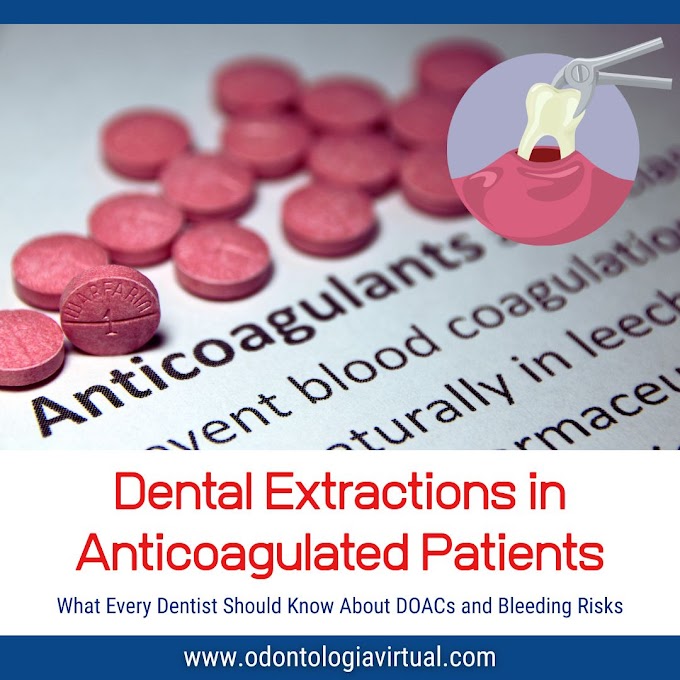British scientists have discovered a technique which can make a decayed tooth repair itself. The technique, developed at King’s College, London, effectively reverses decay by using electrical currents to boost the tooth’s natural repair process.
This path-breaking treatment could be available in three years, according to the British researchers who created it. The two-step method developed first prepares the damaged part of the enamel outer layer of the tooth and then uses a tiny electric current to ‘push’ minerals into the tooth to repair the damaged site.
► Read also: DENTAL NEWS: Huge haul of fake dental equipment seized
► Read also: DENTAL NEWS: Huge haul of fake dental equipment seized
The defect is remineralised in a painless process that requires no drills, no injections and no filling materials. Electric currents are already used by dentists to check the pulp or nerve of a tooth; the new device uses a far smaller current than that currently used on patients and which cannot be felt by the patient. The technique is known as Electrically Accelerated and Enhanced Remineralisation.
The researchers said, “Dentists could soon be giving your teeth a mild ‘time warp’ to encourage them to self-repair . It aims to take the pain out of tooth decay treatment by electrically reversing the process to help teeth ‘remineralise’ .” Nigel Pitts from the Dental Institute at King’s College London said, “The way we treat teeth today is not ideal – when we repair a tooth by putting in a filling, that tooth enters a cycle of drilling and re-filling as, ultimately, each “repair” fails. Not only is our device kinder to the patient and better for their teeth, but it’s expected to be at least as cost-effective as current dental treatments. Along with fighting tooth decay, our device can also be used to whiten teeth.”
Dentists now treat established caries in a tooth by drilling to remove the decay and filling the tooth. Drilling has always been necessary to remove decaying and infected material and allows dentists to replace them with fillings. The new method removes the need for drills. By accelerating the natural process by which calcium and phosphate minerals reenter the tooth to repair a defect, it boosts the tooth’s natural repair process. Dentistry has been trying to harness this process for the last few decades and this breakthrough means the method could soon be in use. With 2.3 billion sufferers annually , dental caries is one of the most common preventable diseases globally. Tooth decay normally develops in several stages starting as a microscopic defect where minerals leach out of tooth.
Minerals continue to move in and out of the tooth in a natural cycle but when too much mineral is lost, the enamel is undermined and the tooth is said to have developed a caries lesion (which can later become a physical cavity).












